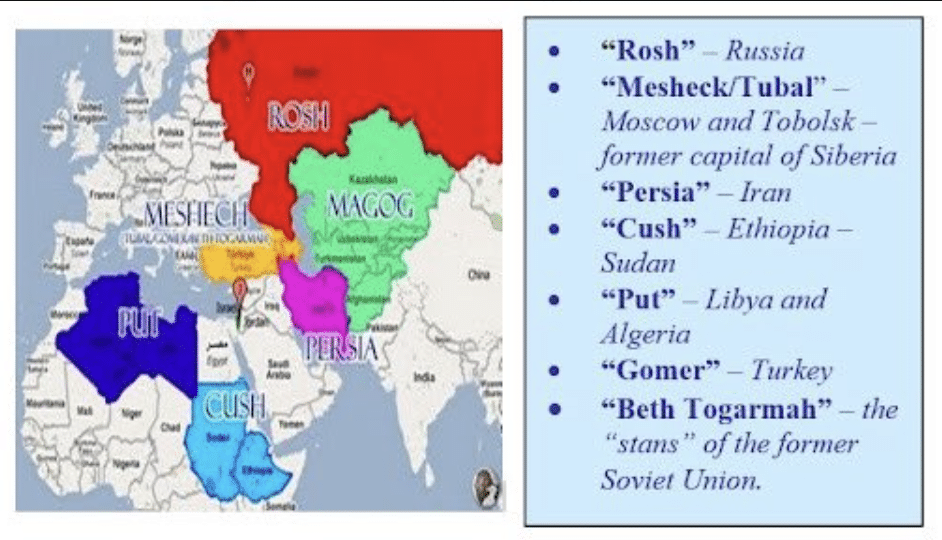By Christine Darg
St. Patrick’s Day, March 17, is celebrated in more countries than any other national festival.
On St. Patrick’s Day, it’s appropriate to recall the life of a saint that every denomination of Christianity claims. Patrick (c.AD 385–461) is like a patron saint of anybody called by God to go somewhere.
In fact, Patrick’s life and ministry teach us about faithfulness to the call of God, as well as his charisma, boldness and courage.
The exploits of the apostle to Ireland were so great that we still continue to celebrate his life on the traditional death date of the saint, March 17.
Patrick’s obedience to divine guidance is a clear demonstration of how to be a hero by winning souls. He won the pagan Irish to the Lord in the 5th Century. Patrick shaped the destiny of an entire nation through prayer and fasting and obeying the Great Commission.
Kidnapped from his home in Roman Britain and sold as a slave at the age of 16, Patrick was forced to tend sheep in Ireland. At that point he was a nominal believer, the son of a churchman, but through adversity, fasting and prayer, and hearing instructions from the Lord, he became a real believer.
After six years as a slave, Patrick heard a voice saying he would soon escape on a ship to England. And so he escaped and studied for the ministry in France. But in a vision Patrick heard the voice of the Irish people calling him back to evangelize the emerald isle:
“I saw a man coming, as it were from Ireland. His name was Victoricus, and he carried many letters, and he gave me one of them. I read the heading: ‘The Voice of the Irish.’ As I began the letter, I imagined in that moment that I heard the voice of those very people … and they cried out, as with one voice: ‘We appeal to you, holy servant boy, to come and walk among us.’”
Patrick was not disobedient to the heavenly vision. He returned to Ireland and is generally credited with being the first bishop of Armagh, primate of all Ireland.
Patrick’s experience teaches us that genuine calling and ordination are not from men but from God. Like Paul, he could say: “I did not receive it from any man, nor was I taught it; rather, I received it by revelation from Jesus Christ.” (Galatians 1:12)
And like his Lord and Master Jesus Patrick used circumstances as well as the landscape to evangelize. Ireland’s three-leaved shamrock became his explanation of the mystery of the Trinity.
Patrick was God’s man to baptize thousands of new believers and to found 300 churches. He is depicted in art and icons as a Moses-like figure, staff in hand, who drove snakes out of Ireland– snakes being a symbol of Satan and sin from the Garden of Eden. The claim may have arisen as a metaphor of Patrick’s power to expel the idol-worshiping, human-sacrificing Druid cult from Ireland. This supernatural ability is a picture of the power of every believer promised in Mark’s Gospel– to drive out demons and to cast down serpents.
Patrick became a miracle worker and accomplished exploits because he was not afraid to face the cults and dangers of demonic hatred. He was an embodiment of Daniel 11: 32b, “but the people who know God will be strong and do exploits.”
Living in a constant state of spiritual warfare, Patrick wrote: ‘Daily, I expect murder, fraud or captivity…but I fear none of these things ….”
He expected miracles to happen.
A local Druid king sent 27 chariots to seize Patrick. But the saint prayed in front of his assailants and the king. God destroyed the invading army. The king bowed to Patrick’s God. In another incident, the Druids conjured up a fog, but when Patrick challenged them to remove it, they couldn’t. Patrick prayed and the fog lifted. Like an episode from the life of the prophet Elijah, flames consumed the Druids after the fog lifted.
Patrick was God’s instrument to save an entire nation. May we pray for more laborers to go forth into the Lord’s Harvest. Romans 10:14 asks, “How, then, can they call on the one they have not believed in? And how can they believe in the one of whom they have not heard? And how can they hear without someone preaching to them?”
Two Latin letters generally believed by scholars to have been written by Patrick have survived. These are the Declaration (Latin: Confessio) of his testimony, and the Letter to the soldiers of Coroticus.
St. Patrick’s Breastplate (or Shield) is traditionally attributed to Patrick:
I arise today
Through God’s strength to pilot me;
God’s might to uphold me,
God’s wisdom to guide me,
God’s hand to guard me.
Afar and anear,
Alone or in a multitude.
Christ shield me today
Against wounding:
Christ with me,
Christ before me,
Christ behind me,
Christ on my right,
Christ on my left,
Christ beneath me,
Christ above me,
Christ in me.
I arise today
Through the mighty strength
Of the Lord of Creation.







Thank you. I try to imagine what life challenges they had at that time. It was probably easier to not be distracted in prayer. I enjoyed the teaching very much.